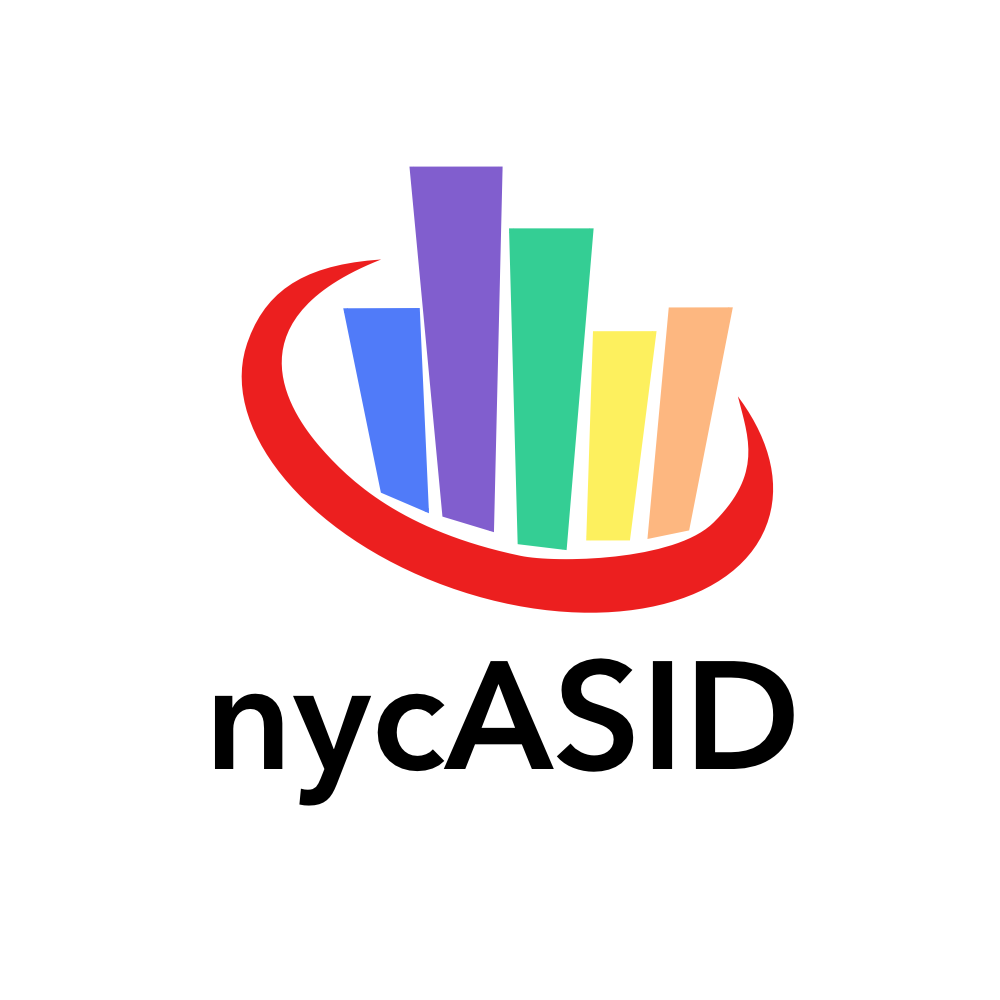What You Don’t Know You’re Not Supposed to Know
Uncovering the Hidden Histories of Intentional School Segregation in NYC and the City’s Forgotten Movements for School Integration
A Brief History of segregation in NYC
Photo by PictureLake/iStock / Getty Images
On February 3, 1964, 460,000 New York City students boycotted school with the demand that the city desegregate the school system and improve inferior conditions of the many schools that enrolled black and Latino students.
It was the largest single Civil Rights protest in American history.
The backlash was immense.
One month later, over ten thousand white parents staged their own protest to oppose a school pairing plan that called for students to be transferred between predominantly black and Puerto Rican schools and white schools. Their elected representatives were paying attention. The federal Civil Rights legislation was in committee, and the education section of the bill was amended to delete references to “racial imbalance,” causing the bill to focus only on Southern states where “de jure” segregation was the law.
This of course ignored the masterful ways in which city planners had created the segregated New York that exists today. In the face of massive white resistance and local fights about community control, the fight for integration in New York City all but died by 1968.
Then, in 2014, the issue finally found its way back into public discourse. The UCLA Civil Rights Project released a report naming New York State as the most segregated state school system in the country, and New York City as one of the most segregated school districts. A flurry of reporting followed, and a year later the City Council passed the “School Diversity Accountability Act” requiring public reporting of the city’s outcomes and efforts to integrate its schools.
The uproar continued with the publication on the cover of the New York Times Magazine of Nikole Hannah-Jones’ piece, “Choosing a School for My Daughter in a Segregated City.”
And in June, 2017, the New York City Department of Education released its plan for addressing the problem, entitled “Equity and Excellence for All: Diversity in New York City Public Schools.” The plan has been met with some praise, at it is the first of its kind since the 1960’s, but it has also been highly criticized by advocates for the tepid nature of its goals and action steps. The criticism is well founded. In gentrifying parts of the city, we are repeating the same debates that caused those white parents to march to city hall in 1964 (NYC also had a plan back in 1964). And we are no less honest about the real consequences for students of color in a city purports to aspire to so much more. Ms. Hannah-Jones lays out the consequences in her piece:
One study published in 2009 in The Journal of Policy Analysis and Management showed that the academic achievement gap for black children increased as they spent time in segregated schools. Schools with large numbers of black and Latino kids are less likely to have experienced teachers, advanced courses, instructional materials and adequate facilities, according to the United States Department of Education’s Office for Civil Rights. Most black and Latino students today are segregated by both race and class, a combination that wreaks havoc on the learning environment. Research stretching back 50 years shows that the socioeconomic makeup of a school can play a larger role in achievement than the poverty of an individual student’s family.
White students suffer, too, though not in a way that threatens their livelihood and citizenship to the same degree. As she states in another interview, “If one were to believe that having people who are different from you makes you smarter, that you engage in a higher level of thinking, that you solve problems better, there are higher-level ways that integration is good for white folks.”
Integration is the only education reform that has been shown to have a real impact on educational outcomes for ALL students on a systemic level. During the height of school integration in this country, from 1971-1987, when many Southern cities were forced to integrate by court order, the reading gap between black and white students was halved. However, the number of segregated American schools nearly doubled from 2000-2013. As schools have become more segregated, the reading gap has widened.
New York City has an opportunity to become a leader in integrating its schools. The momentum is building. But in order for us to avoid the pitfalls we faced fifty years ago, we need your help!



